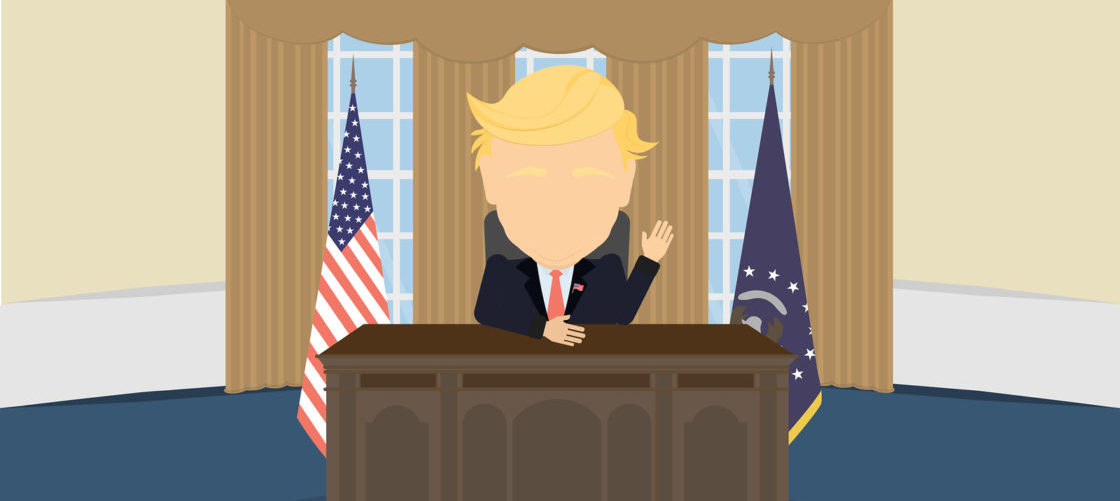For more than 40% of Americans, the economy is the biggest concern. As of September 2016, unemployment in the US is at 5%—the lowest point in the last eight years. But 2.1 million people are still suffering from long-term unemployment. That’s nearly double of the average figure of the last 20 odd years.
Donald Trump has a plan to remedy the situation. His plan relies on tax cuts, most of them reserved for businesses and the wealthy.
He hasn’t been forthcoming about the exact tax cut plans during his campaign, but his 2011 tirade against Barack Obama—and the statements in his book Time to Get Tough—are proof of where his loyalties lie. In Time to Get Tough, he proposes ending corporate taxes, lowering taxes on profits and eliminating estate taxes altogether. Basically, he’s describing the same old idea of trickle-down economics.
#WeCallBullshit. Let’s dive in.
What is a trickle-down economics?
Trickle-down economic theory says that when the wealthy have more, everyone benefits.
Proponents of the theory argue that when corporations are extended tax cuts, they invest these savings back in the business. Then banks increase lending. Investors buy more stocks. And organizations hire more workers. Suddenly, you have lots of economic growth.
The theory looks good on paper, but there’s is no proof that it works. In fact, the result has been a worsening of income inequality. During Ronald Reagan’s presidency, the top tax rate was slashed from 70% to 28%. And corporate tax was reduced from 46% to 40%. While this ended the recession of the1980s, the moves also resulted in double-digit inflation and massive unemployment.
Similarly, no direct correlation has been found between tax cuts for the wealthy and job creation. In fact, the largest decreases in unemployment in the US since 1948 occurred when the top tax rate was 91%.
Why trickle-down never works
Let’s look at it from a layman’s perspective.
When businesses are offered tax cuts, they do invest the money back in the business. In effect, more goods are produced and more money floats in the market. Since more people have purchasing power, the price of goods is pushed up. There’s a vicious circle of inflation.
As a worker, you’re constantly trying to increase your earnings in order to offset the rising inflation. The only way out of this cycle is a recession—something that has happened periodically in modern economic history.
Better monetary policies can help avoid the situation, but history is testimony to the fact that trickle-down economics have always led to a bubble waiting to burst.
The views and opinions expressed are those of the guest author and do not necessarily reflect the views and opinions of MindShift.money.
image credit: Bigstock/Inspiring
